
The Kalamazoo KG-2 was a low priced solid body electric guitar built by Gibson in Kalamazoo, Michigan, between 1965 and 1969. Simple, but well-built, the Kalamazoo KG guitar, came with one or two pickups, with and without a Maestro tremolo tailpiece, and in a choice of three colours: Flame Red, Glacier White, and in this case Las Vegas Blue. This guitar, from 1966, is model KG-2A - signifying dual pickup and vibrola / tremolo.
The example pictured is one of 2687 blue Kalamazoo 2A guitars built between 1966 and 1968 (see the Kalamazoo KG shipping totals). This is an early Kalamazoo KG - later instruments had a more typically Gibson 'SG' body shape, but were otherwise more-or-less identical.
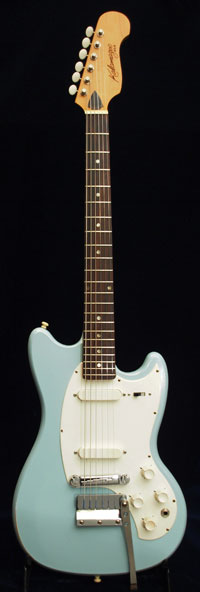
1966 Kalamazoo KG2A (2 pickup) in Las Vegas blue finish
The mid 1960s was a magical time for American guitar manufacturers. The beat boom was in full force and kids up and down America were desperate to learn to play the guitar. But at this time, even Gibson's entry level instruments were of sufficient quality and build to be out of many student guitarist's price range. So Gibson resurrected the old Kalamazoo brand it had used in the 1930s and 1940s to market a range of American built guitars and amplifiers.
To do this, Gibson took a leaf out of Fenders book, and made a guitar that could be easily assembled, by semi-skilled staff, out of components easily and cheaply available. They even stole the body shape from the Fender Mustang. Production was away from the main Gibson plant; still in Kalamazoo, but in a newer building that had previously housed pickup and amplifier construction. The lack of complicated woodworking massively reduced construction time and labour costs, allowing significant output right at a time when they were needed.
And although construction was simple, many above average Gibson components were fitted: Melody Maker pickups with associated wiring looms and CTS/Centralab pots, TPBR bridge and GV19 Vibrola. For this reason a lot of Kalamazoo guitars have been harvested for spare parts for Gibson SG and Melody Maker guitars. But they are really not bad guitars in their own right. The body material is dense and tonally quite resonant; far better than one might expect from a manufactured product. The maple neck and rosewood fingerboard are well made and the general quality of other components make for a highly playable instrument. And they sound great - have a listen to some Kalamazoo KG2 soundclips.
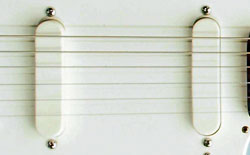
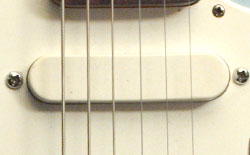
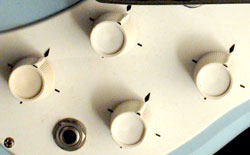
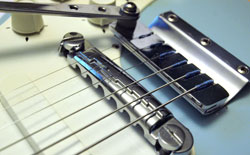
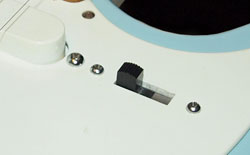
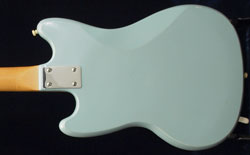
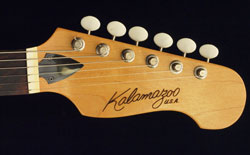
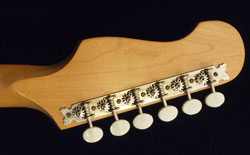
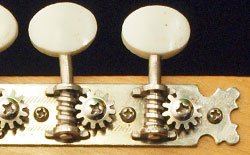
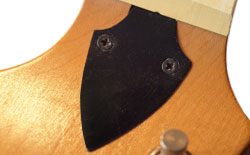
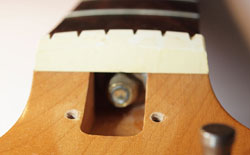
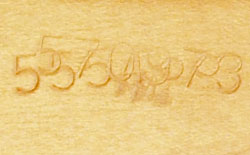
The wiring loom used for the Kalamazoo KG1 and KG2 guitars were identical to single and double pickup Melody Maker guitars; a volume and tone control for each pickup, and a three way pickup selector switch for the KG2. Both CTS and Centralab pots were used (Centralab in this case) with shorter shafts for scratchplate mounting. Volume pots are 500k, part BA811-3707 (part BA811-3707), whilst tone pots are 250k (part BA811-3701).
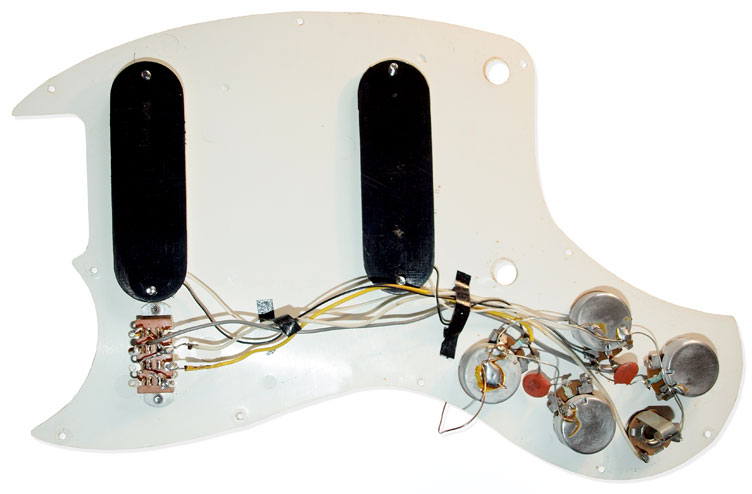
Kalamazoo KG2A with original case (910); this is a simple lightweight card case with a brown or blue interior. This is not a particularly durable case, but it was the only one offered with the Kalamazoo KG solid bodies.
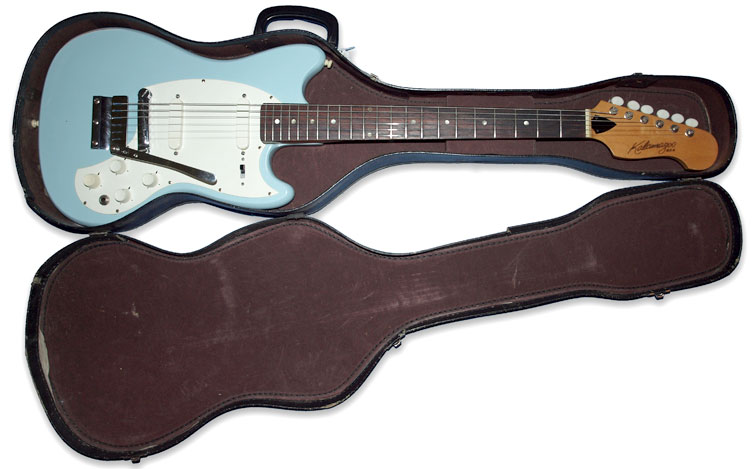
$1200
$900
$1250
$849
$275
$550
$780